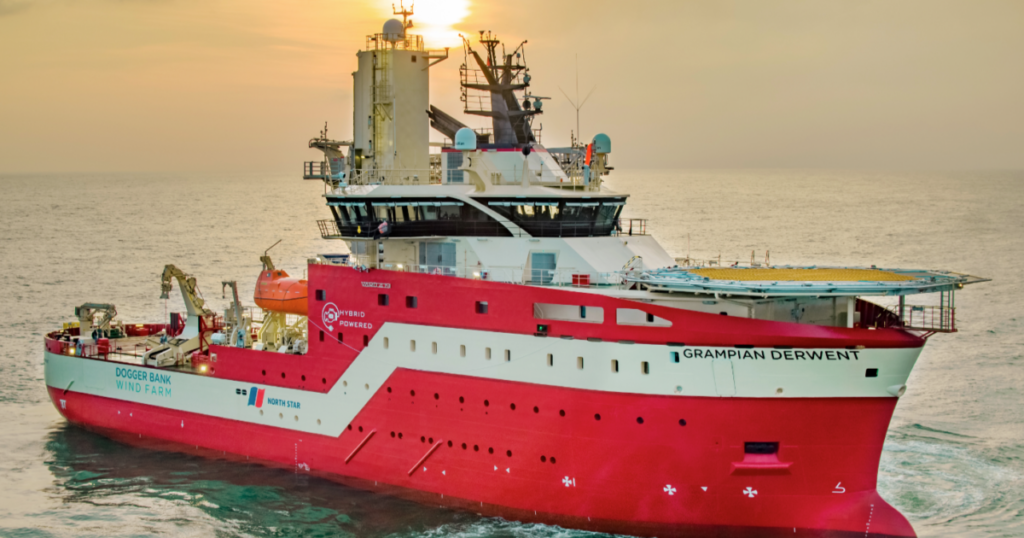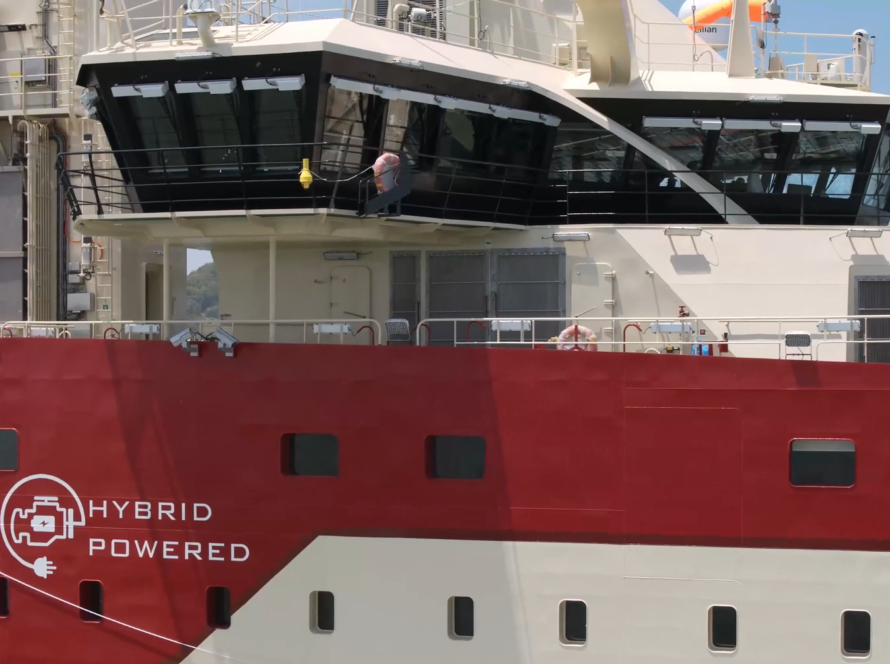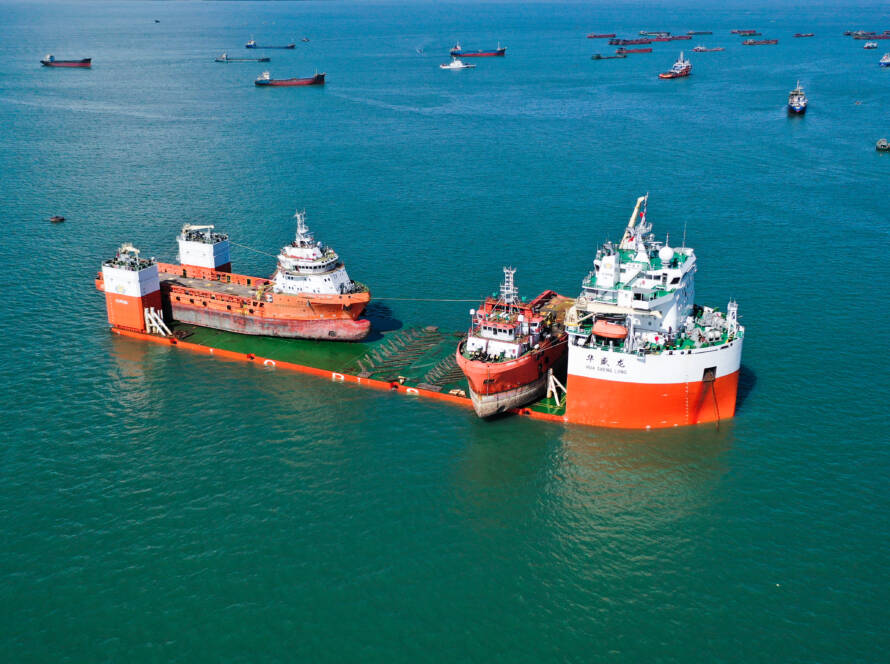The Vietnam Maritime Administration (under the Ministry of Transport) has recently issued a detailed plan for the transition to green energy, reducing carbon and methane emissions in the maritime sector. The objective of this plan is to develop a green maritime transport system with the aim of contributing to net-zero greenhouse gas emissions by 2050.
Specifically, by 2030, the plan sets targets to enhance energy efficiency and promote the use of electricity and green energy in the maritime sector, provided that the necessary technology, regulatory framework, and resources are available to meet the commitments defined in the Nationally Determined Contributions (NDC) and Vietnam’s methane emission reduction goals.
By 2050, the plan aims to facilitate a sustainable mode of transport by transitioning all vessels, equipment, and maritime infrastructure to utilize electricity and green energy sources, ultimately contributing to achieving net-zero greenhouse gas emissions by 2050.

To implement this plan, the Vietnam Maritime Administration has outlined a specific roadmap:
2022 – 2030:
- Encourage domestic vessels in Vietnam to fully comply with the energy efficiency requirements outlined in the International Maritime Organization (IMO) MARPOL Annex VI and the Greenhouse Gas Reduction Strategy for Ships starting from 2025.
- Promote the conversion of vehicles and equipment to use electricity, green energy, or equivalent measures at new and existing ports.
2031 – 2050:
- Ensure full compliance of domestic vessels in Vietnam with the energy efficiency requirements of MARPOL Annex VI and IMO’s Greenhouse Gas Reduction Strategy.
- Particularly during this phase, new ships built, retrofitted, or imported after 2035 should use electricity and green energy sources.
From 2050:
- All vehicles, equipment, and maritime signaling devices at ports must use electricity, green energy, or equivalent measures.
To achieve these objectives, the Vietnam Maritime Administration has proposed various tasks and specific solutions, including amending and supplementing legal documents related to maritime law. This includes integrating international content, regulations, and commitments related to the transition to green energy and reducing greenhouse gas emissions.

Additionally, they aim to refine regulations concerning participation in maritime traffic, business conditions, usage duration, registration, and inspection to gradually reduce and eventually eliminate fossil fuel-powered maritime vehicles and equipment.
The Vietnam Maritime Administration also suggests establishing and improving standards, technical specifications, and economic-technical criteria for the management, operation, and maintenance of high-energy efficiency maritime vehicles, equipment, and green energy usage.
Research and integration of maritime industry plans are also essential to align investments, construction, and upgrades of maritime infrastructure with the adoption of electricity and green energy usage, as well as reducing greenhouse gas emissions.
In terms of transitioning vehicles to electricity and green energy, the agency proposes greenhouse gas audits for maritime activities and collaboration with the Vietnam Register and relevant entities to develop programs for converting ships to electricity, green energy, or equivalent methods.
Furthermore, the plan highlights the development of policies that encourage and support businesses in transitioning from fossil fuel-powered vessels to electricity and green energy.
Regarding the development of green maritime infrastructure, the Vietnam Maritime Administration suggests building synchronized, modern, and high-quality seaport systems, with a focus on international gateway ports such as Lach Huyen, Cai Mep, and the implementation of the Green Port Development Project.
To secure funding, the plan outlines a strategy for accessing diverse financial sources, including environmental funds worldwide, official development assistance (ODA), foreign concessional loans, non-governmental foreign aid, international commercial banks, and foreign direct investments.
In conclusion, Vietnam’s ambitious plan for green maritime transportation and port infrastructure by 2050 demonstrates a strong commitment to environmental sustainability and reducing greenhouse gas emissions in the maritime sector. The roadmap, which includes regulatory changes, technological advancements, and funding strategies, aims to position Vietnam as a leader in green maritime practices on the global stage.
Source: vneconomy.vn


